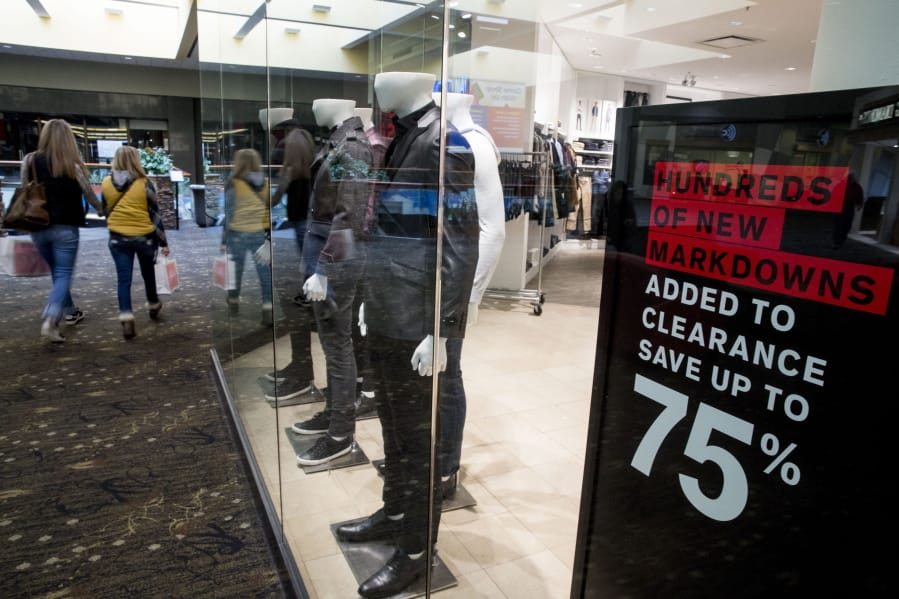The 10,800 stores closed by retailers last year wasn’t enough: one month into 2020, they have announced plans to close 1,000 more.
The news looks grim for brick-and-mortar stores. But industry experts say it’s more of an evolution than a “retail apocalypse,” and Amazon and Walmart aren’t the only culprits.
Consumers are still spending: Shoppers shelled out $730.2 billion during the 2019 holiday season, according to the National Retail Federation. That’s up 4.1 percent compared with the same period in 2018. About $167.8 billion of that was spent online, where sales rose 14.6 percent.
Amid all the closures, retailers have announced plans to open 1,718 stores this year, according to Coresight Research.



